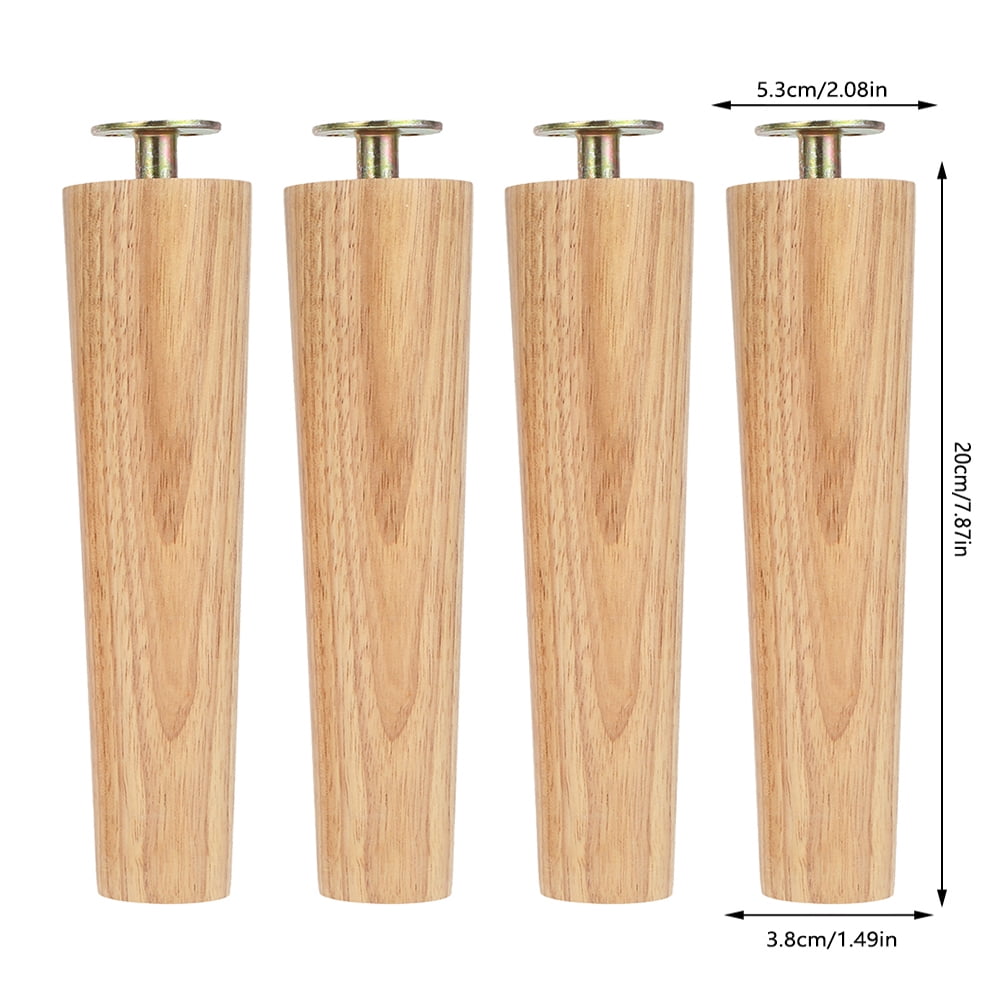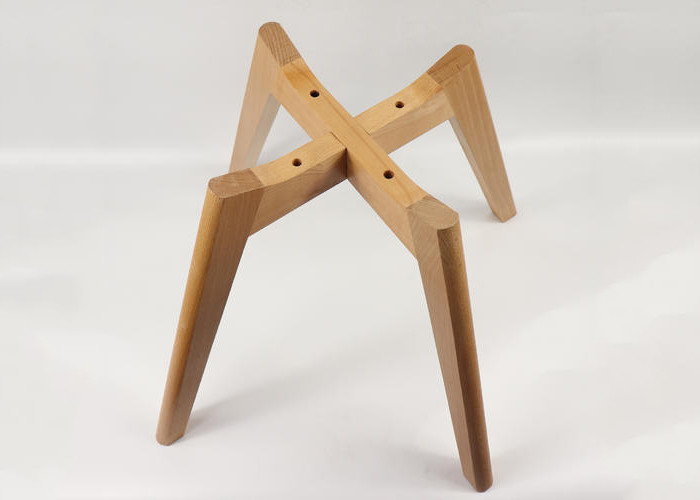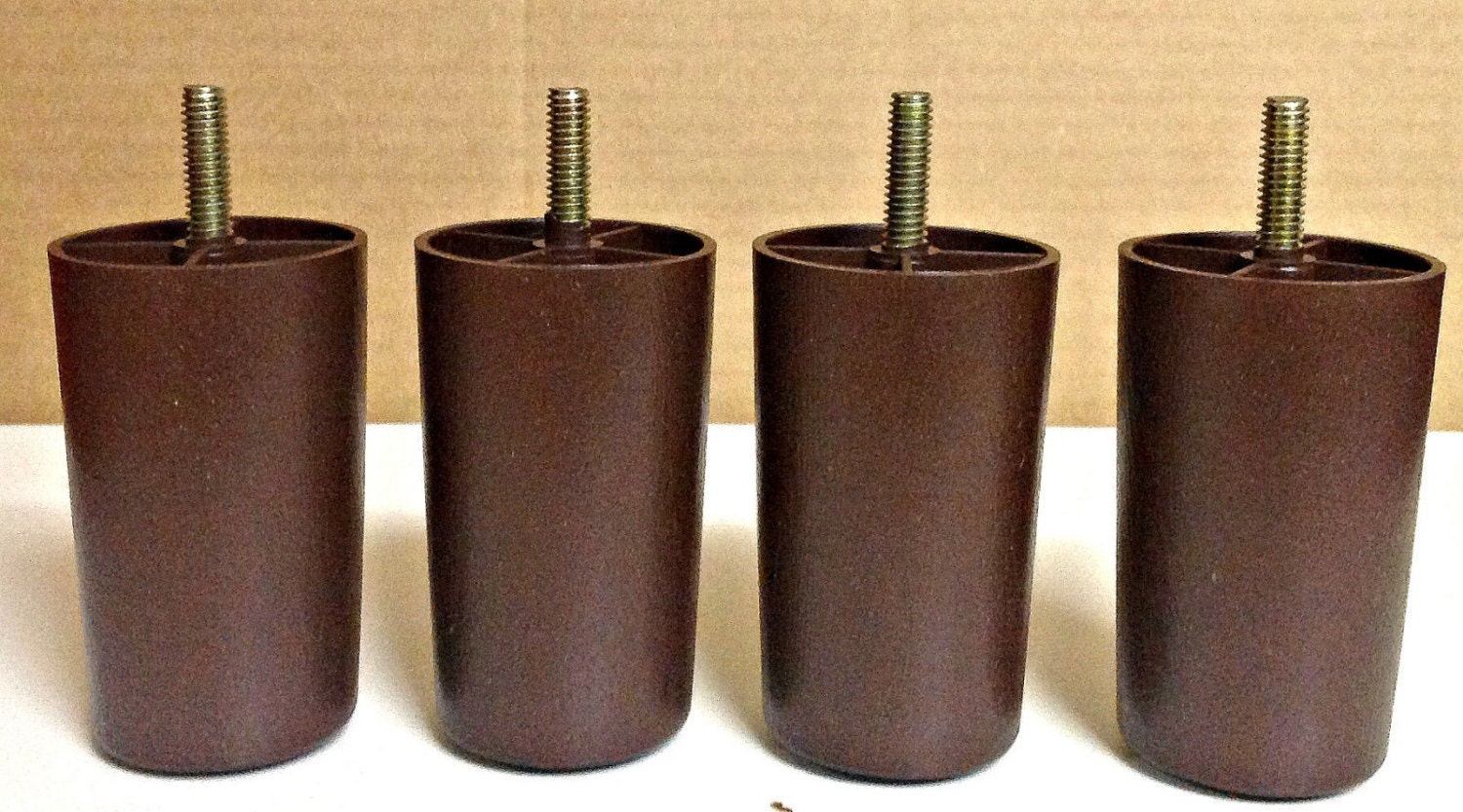Understanding Replacement Dining Chair Legs

Dining chairs are essential furniture pieces that add style and functionality to your dining space. Over time, these chairs can experience wear and tear, especially on their legs. Replacement dining chair legs are a convenient and cost-effective solution to restore your chairs to their former glory.
Reasons for Replacing Dining Chair Legs
Replacing dining chair legs is often necessary due to various factors.
- Damage: Broken, chipped, or scratched legs can compromise the stability and aesthetics of your chairs.
- Wear and Tear: Years of use can cause the wood to weaken, making the legs wobbly or unstable.
- Style Change: You might want to update the look of your dining chairs by changing the leg style or material.
- Height Adjustment: Replacing legs can help you adjust the height of your chairs to match your dining table or personal preference.
Dining Chair Leg Materials
Choosing the right material for your replacement legs is important, considering factors like durability, style, and budget.
- Wood: Wooden legs are a classic and versatile choice. They offer durability, natural beauty, and a wide range of finishes. Popular wood types include oak, maple, cherry, and walnut.
- Metal: Metal legs provide modern aesthetics and durability. They are often made from steel, iron, or aluminum, offering a range of finishes like chrome, brass, or powder coating.
- Plastic: Plastic legs are affordable and lightweight, making them suitable for casual dining chairs. They are available in various colors and styles.
Choosing Replacement Legs for Different Chair Styles
When selecting replacement legs, it’s crucial to consider the style of your dining chairs to maintain harmony.
- Traditional Chairs: Traditional chairs often feature tapered or cabriole legs made of wood. Replacement legs should complement the chair’s classic design, such as those with turned or fluted details.
- Modern Chairs: Modern chairs often feature sleek, minimalist legs made of metal or wood. Choose replacement legs that maintain the chair’s contemporary aesthetic, like those with straight or angled designs.
- Rustic Chairs: Rustic chairs often have chunky legs made of wood. Consider replacement legs with a natural, unfinished look or distressed finishes.
The Process of Replacing Dining Chair Legs

Replacing dining chair legs is a relatively straightforward process that can give your chairs a new lease on life. Whether your chair legs are damaged, worn, or simply outdated, this guide will equip you with the knowledge and steps to successfully replace them.
Tools and Materials
Before embarking on the replacement process, it is essential to gather the necessary tools and materials. These will ensure a smooth and efficient repair.
- Screwdriver: A Phillips head screwdriver is typically required to remove and attach the chair legs.
- Wrench: If the chair legs are secured with nuts and bolts, a wrench will be necessary to tighten or loosen them.
- Hammer: A hammer is helpful for tapping in new chair legs, particularly if they are wooden.
- Wood glue: For wooden chair legs, wood glue provides a strong bond to secure them to the chair frame.
- New chair legs: The most crucial component, ensure the new legs are compatible with your chair and match your desired style.
- Optional: A drill with appropriate drill bits can be used to create pilot holes for attaching new legs, and sandpaper can be used to smooth out any rough edges.
Removing Existing Chair Legs, Replacement dining chair legs
Removing the old chair legs is the first step in the replacement process. This involves carefully detaching them from the chair frame, taking care not to damage the surrounding structure.
- Identify the attachment method: Determine how the existing legs are attached to the chair frame. Common methods include screws, bolts, or a combination of both.
- Remove screws or bolts: Using a screwdriver or wrench, carefully remove the screws or bolts securing the legs to the chair frame.
- Pry off the legs: If the legs are attached with glue or other adhesives, you may need to gently pry them off using a flathead screwdriver or a putty knife. Exercise caution to avoid damaging the chair frame.
- Inspect the chair frame: Once the old legs are removed, inspect the chair frame for any damage or loose screws. If necessary, tighten any loose screws or make repairs before attaching the new legs.
Attaching New Chair Legs
Once the old legs are removed, you can proceed with attaching the new legs. The method for attaching them will depend on the type of legs and the chair frame construction.
- Align the new legs: Position the new legs in their corresponding locations on the chair frame, ensuring they are centered and level.
- Attaching with screws or bolts: If the new legs have pre-drilled holes, simply align the holes with the corresponding holes on the chair frame and secure them using screws or bolts.
- Attaching with glue: For wooden legs, apply wood glue to the base of the leg and the corresponding area on the chair frame. Press the leg firmly in place and allow the glue to dry completely.
- Use a hammer for wooden legs: If the new legs are wooden and have a snug fit, you can gently tap them into place using a hammer. Use a piece of wood or a rubber mallet to protect the legs from damage.
- Optional: For additional stability, you can use a drill to create pilot holes for screws or bolts before attaching the new legs.
Styles and Designs for Replacement Legs

Replacement dining chair legs offer a vast array of styles and designs, allowing you to customize your chairs to match your personal taste and the overall aesthetic of your dining room. The choice of materials, shapes, and finishes can significantly impact the look and feel of your chairs.
Types of Replacement Chair Legs
Replacement chair legs are available in various materials, each with its unique characteristics and price range.
- Wood: Wooden legs are a classic choice, offering a timeless elegance and a wide range of finishes. Common wood types include oak, maple, cherry, walnut, and pine.
- Metal: Metal legs provide a contemporary and industrial look. They are available in various finishes, such as chrome, black, brass, and copper. Metal legs are often used for chairs with a minimalist design.
- Plastic: Plastic legs are a budget-friendly option that offers durability and easy cleaning. They are available in various colors and finishes, making them suitable for modern and casual dining sets.
Shapes of Replacement Chair Legs
The shape of the replacement legs can significantly influence the overall style of your chair.
- Tapered Legs: Tapered legs are a classic choice that adds a touch of elegance to chairs. They are often found on traditional and formal dining chairs.
- Straight Legs: Straight legs are a minimalist and modern choice that provides a clean and simple look. They are often found on contemporary and industrial dining chairs.
- Curved Legs: Curved legs add a touch of sophistication and grace to chairs. They are often found on vintage and antique dining chairs.
- Splayed Legs: Splayed legs are a unique and stylish choice that provides a sense of stability and visual interest. They are often found on modern and eclectic dining chairs.
Finishes for Replacement Chair Legs
The finish of the replacement legs can complement the overall style of your chair and dining room.
- Painted: Painted legs offer a wide range of colors and finishes, allowing you to customize your chairs to match your personal taste.
- Stained: Stained legs enhance the natural beauty of the wood and provide a warm and inviting look.
- Polished: Polished legs add a touch of elegance and sophistication to chairs. They are often found on formal and traditional dining chairs.
Popular Dining Chair Leg Styles and Chair Designs
The following table showcases popular dining chair leg styles and their corresponding chair designs:
| Leg Style | Chair Design |
|---|---|
| Tapered legs | Traditional, formal, classic |
| Straight legs | Contemporary, modern, minimalist |
| Curved legs | Vintage, antique, elegant |
| Splayed legs | Modern, eclectic, unique |
Price Range of Replacement Chair Legs
The price of replacement chair legs varies depending on the material, style, and finish.
- Wood: Wooden legs are typically more expensive than plastic or metal legs, with prices ranging from $10 to $50 per leg.
- Metal: Metal legs can range in price from $5 to $30 per leg, depending on the finish and design.
- Plastic: Plastic legs are the most budget-friendly option, with prices ranging from $2 to $10 per leg.
Replacement dining chair legs – Replacing dining chair legs can be a pain, but it’s worth it to keep your chairs looking fresh. If you’re going for a classic look, maybe check out a wishbone chair black seat for inspiration. The right legs can really make a difference in the overall vibe of your dining space, so don’t be afraid to get creative!
So, your dining chair legs are busted? Don’t toss the whole chair! You can easily replace them and give it a whole new vibe. Maybe even a retro vibe, like that awesome retro chair step stool black I saw online.
Anyway, replacement legs are a super easy fix, and you can even get creative with the style to match your room’s theme!
